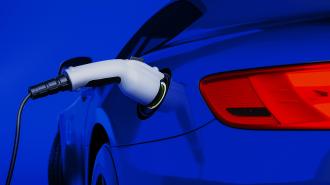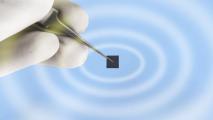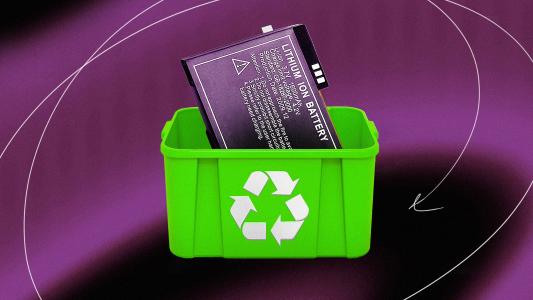South Korean researchers say they’ve created a material that would allow electric vehicle (EV) batteries to hold more energy and charge up faster — potentially accelerating the drivers’ rapid adoption of EVs.
The challenge: Road transportation — mainly, cars and trucks — is responsible for 12% of global greenhouse gas emissions, and almost a quarter of emissions in the US. Swapping out gas- and diesel-powered vehicles for electric ones could make a big difference in the battle against climate change.
It can take up to 10 hours to charge some existing EV batteries to 80%.
While EV sales are on the rise, many drivers are hesitant to make the switch because they fear their batteries will die before they can reach charging stations, or that they won’t be charged up fast enough when they need to go.
Even if a station is always within reach, it can take up to 10 hours to charge some existing EV batteries to 80% — not as convenient as topping off a gas tank.
The idea: Increasing the storage capacity of EV batteries would mean drivers wouldn’t have to worry about charging up as frequently, but we can’t just make batteries bigger — they’re already heavy, and even bigger ones could affect acceleration and handling.
Higher capacity EV batteries that also charge quickly would be the best solution, as they would free drivers from spending hours waiting around at charging stations.
What’s new? Most EVs use lithium-ion batteries, and their capacity is partially determined by how many lithium ions can be stored in the anode. The anode is the part of the battery that releases ions during discharge and receives them during charging.
The new material could increase the capacity of EV batteries and cut charging times to six minutes.
Most lithium-ion batteries have anodes made of graphite covered in a copper foil, but researchers at the Pohang University of Science and Technology (POSTECH) say they’ve developed a way to get an alternative anode material, called “manganese ferrite,” to hold 1.5 times as many lithium ions as previously thought possible.
The key was synthesizing the manganese ferrite into nanometer-thick sheets — this increases its surface area, allowing for the storage of more lithium ions when the sheets are used as a battery’s anode.
The researchers say using their material for anodes would not only increase the capacity of EV batteries, but also cut charging times to six minutes (though it’s not clear what type of charger would be required for that, or how long it would take a comparable graphite anode battery to reach the same level of charge).
Looking ahead: Graphite is the standard anode material in EV batteries for a slew of reasons, including cost, life cycle, stability, and availability, so even if POSTECH’s manganese ferrite has a better charging capacity and speed, that might not be enough to make it the better material overall.
Ultimately, we will need high-capacity, fast-charging batteries in our EVs, and manganese ferrite could be the key to getting there — but the answer might also lie in batteries with silicon anodes, solid electrolytes, nickel cathodes, or something else entirely.
We’d love to hear from you! If you have a comment about this article or if you have a tip for a future Freethink story, please email us at [email protected].






